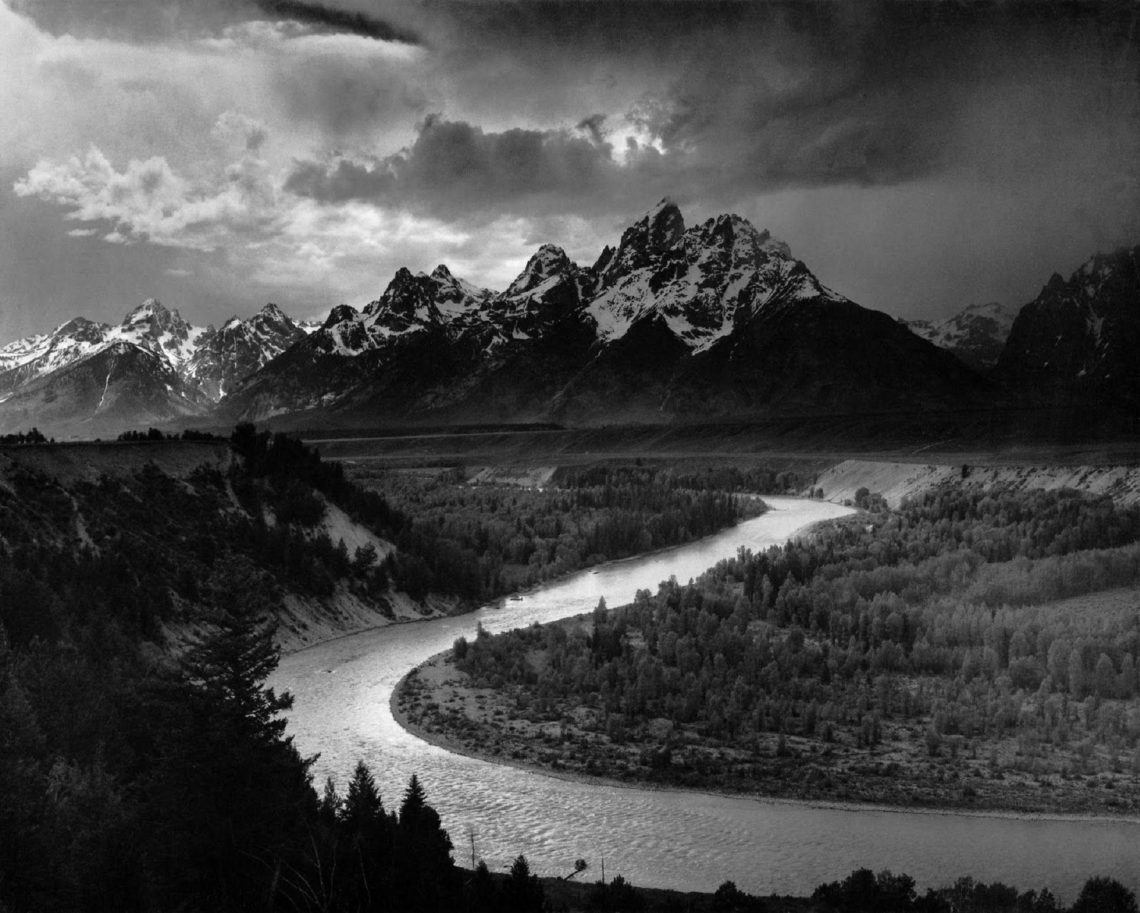
Thought and Reality and Revolution in the Mirror of Poetry
Thought and Reality
The ability to think and to form conceptual thoughts marked a point where the mind began to translate the real into the abstract. In its departure from this point, however, the mind flew from the ground of reality where it perceived itself independent of it, as if standing in its own right— thus began metaphysics.
It took millennia before the mind was finally able to break away from the world of metaphysics and its kingdom, and to return to its own origin upon which it was formed, i.e., the material world. And it was right at this historic juncture that the two realms— the realm of the material and that of the non-material world— at last were perceived in their real scope, thus the discovery of the dialectical laws governing our universe.
The point here is that it is ultimately the course of actual social life that produces our perceptions. And even when we reflect further upon these perceptions and produce philosophical thoughts, these thoughts, too, are destined to be applied to and examined on the canvas of real life in order to prove their actual validity. In other words, there is no escape from reality without stepping into falsehood.
The production of ideas— whether in its raw and embryonic form of cave paintings in prehistoric days, or in the complex realm of philosophy— is a depiction of human practical experience; their state of being, and that of their mind and mindset.
On the sweet shores of literature, too, no scene, no character, no story can be produced without a connection to the existing world; without our perception of this world. Even the seemingly boundless territory of our imagination is basically bound by “what is” and “what is not”— that is, the production of our imagination, even in its purely fictional sense, is in fact the production of what isn’t there or doesn’t exist in which both “is” and “existence” are the actual determining agents at work. In other words, the two are, therefore, inseparable and indeed interconnected.
With this introduction, we can now take a closer look at the production of ideas through the magnificent medium of poetry, and its relation to real life.
Revolution in the Mirror of Poetry
Poetry in Iran is, and for ages has been, inseparable from the lives of the people both in its classical as well as modern style.
From the days of the classical poetry of Firdowsi (940 – 1020), or that of Khayyam (1048 – 1131), Rumi (1207 – 1273), Hafiz (1315 – 1390) and many others, up to the days of The Modern Poetry of Nima Yooshij (1897 – 1960) the founder of this style, to Ahmad Shamlou (1925 – 2000) one of the grandmasters of it, the people of Iran have found refuge in the majestic citadel of poetry to bear— or even confront— the hardships and battles of life.
In response, or one might say in opposition, to the imposition of Islam on Iran by the Mohammedans, Ferdowsi lays the foundation of his voluminous book of poetry titled Shah-Nameh (Book of Kings) where nearly 50,000 verses are constructed in Parsi with minimal usage of Arabic words and in absolute resonance to the pre-Islamic way of life— an opus magnum, a linguistic rebellion, in my opinion, to occupation through poetry. Just as Khayyam, Rumi and Hafiz presented their own critique of their reality through their verses. In the procession of these three great classical poets we can clearly see the refutation of the clerical, jurisprudent Islam and its value and belief system in the most complex intellectual manner, i.e., absorbing Islam but modifying it, or better yet, taking Islam only to rationalize and humanize it. This indeed was the historic point where Sufism emerged. Sufism was, in my opinion, the outcome of that modification.
All of this, however, was possible only because there were actual struggles going on in society against domination. There were numerous active rebellions each stamping their own heroes and their epic fights in the memory of the people. Poets as such were instrumental. They were both the observers and the keepers of people’s history. Through them, you can witness the troubles as well as the dreams of the masses. They bore the task of recording their times through poetry, and kept the spirit of resistance alive even after the real living rebellions were broken and defeated one after another. In this sense, they were the intellectual compass of their time.
Of course, just as the actual rebellions against ancient slavery failed one after another due to the lack of certain material elements necessary for victory— i.e., a mode of production higher than that of slave labour— and thus were not capable of changing this reality in its entirety, the intellectuals of those periods in Iran, too, could not go beyond their conceptual limitations and boundaries. In fact, we saw this very problem throughout the ancient slavery system. The magnificent rebellion led by Spartacus, as one among many, was absolutely clear and determined about what it was against, yet the picture of what it was aiming for was not so clear, nor could it be— that was why it always looked back in history and craved for a return to the past. Centuries were needed for the old way of life to lose its ground and give way to a new way of life before humanity could finally break the old paradigm that justified ancient slavery as a system.
Classical Iranian poetry and the critical or sometimes even militant notions and sentiments that it upheld, therefore, were not and could not be able to offer more than what was available on the ground.
Just as it took Europe more than 800 years to pass beyond The Dark Ages in medieval society; just as society had to first reach that level of development in science and industry in order to arrive at The Age of Enlightenment in Europe, Iranian society, too, had to wait for modernism in Iran. Unfortunately, modernism— if we agree upon capitalism as its basis— did not develop in Iran in the same manner as it did in its place of origin, Europe.
Before capitalist relations could develop to the point of leading the way of life nationally, the native bourgeoisie of Iran, being in its embryonic form, was faced with internationally powerful capitalist states. In fact, before the Iranian bourgeoisie could gain enough national power to initiate and establish its own economic and legal system throughout the country, it was defeated— disjointed and disfigured— so badly that later on, when capitalist relations did take over nationally, it was, indeed, not the national bourgeoisie of Iran that implemented them, but rather the imperialist bourgeoisie that determined their course. As a result, exploitative capitalist relations were established rapidly, only without the typical bourgeois democratic and legal institutions that we see in the classical development of capitalism in Europe.
The past hundred years of Iranian history since the defeat of the Constitutional Revolution (1905–1911), is the story of a bitter fight for social justice and democracy in Iran. And the crown jewel of this fight, in my opinion, was the revolutionary armed struggle led by both “The Organization of the Iranian People’s Fadaee Guerrillas” and “The Organization of the Iranian People’s Mojahedin” in the 1970s— an anti-imperialist armed movement that shook the foundations of the Shah’s dictatorial regime as the lackey of the imperialists.
The stories as well as the sentiments unfold in the poems introduced here, are indeed a poetic depiction of that enlightening epic fight— a fight that has not yet come to an end.
These poems, were written by revolutionary intellectuals who themselves were, not only the observers of the revolutionary struggle but also some of the actual heroes and makers of this struggle— so they were both the writers and the keepers of this history.
The imagery, the sentiments and the ideals depicted and expressed throughout these poems were in many cases inspired by revolutionary individuals and their fight in defence of the people and their rights. And when they weren’t directly about revolutionaries, they were about revolution and the revolutionary spirit. In other words, they were the mirrors that emitted the radiant glow of revolution; they were indeed Creativity borne of revolution. Without a revolutionary act on the ground, without a revolutionary movement in real life, these characters and their heroic stories could not have been written. The unique power embedded and fluid in these poems thus comes from being real; from being derived from reality.
These poems are the heart-breaking yet captivating depictions of the lives of those who fell for the greater good, or in the words of Ahmad Shamlou:
“They look thunder in the eye,
burst into flames to light up the house
then they die.”
The poems introduced here are by Khosrow Golsorkhi, Pari-Dokht Ayati and Saeed Sultanpour. To read their poems you can click on their names bolded in the brief biographies below.
A. Behrang
April 2022

Khosrow Golsorkhi (1944 — 1974)
Khosrow Golsorkhi was a journalist and a poet who sympathized with and even advocated for the armed movement in Iran from the outset. The armed movement had shaken the mindset that ‘the struggle is dead!’— a mindset cast upon society in general and upon the intellectual community in particular. Ahmad Shamlou expresses the same protestation to this mindset in his poem “The wind is dead!”, you said” a translation of which was presented a few years ago in a collection titled On the Oceanic Waves of Ahmad Shamlou’s Poetry.
Khosrow Golsorkhi was arrested by Savak (the secret police during the Shah’s regime) and was tortured severely for months. He was framed together with a number of others and falsely accused of conspiracy against the royal family, and was tried in a military court where they sentenced him to death. He was executed in the Spring of 1974 alongside his unforgettable comrade, Keramat Daneshian. Both of whom, through their defense, shook the ground of the kangaroo court that was trying them. Both affirmed the legitimacy of the armed struggle waged by the revolutionaries.

Pari-Dokht Ayati (1951 — 1977)
A female member of The Organization of the Iranian People’s Fadaee Guerrillas (OIPFG) who was known among her comrades for her artistic and poetic talent. She is the creator of the celebrated poem titled “Pride” which is also known as “I Am A Woman”.
Pari-Dokht Ayati, like Khosrow Golsorkhi, was yet another revolutionary intellectual who had been awakened by the thunder of armed struggle from its point of commencement.
She was an active sympathizer of the OIPFG from the start, and subsequently joined the organization in 1975. After fighting for two years within the ranks of the OIPFG, in the winter of 1977 Pari-Dokht, together with a number of other comrades were surrounded and murdered by Savak during a raid.
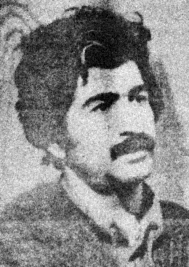
Saeed Sultanpour (1940 — 1981)
Saeed Sultanpour was a poet, playwright, theatre director and a member of The Iranian Writers Association. When armed struggle began, Saeed Sultanpour, too, gave his heart and mind to the movement. He was closely affiliated with the OIPFG.
The flames of his poetry and his other artistic activities against repression, and in defense of the revolutionary struggle led to his arrest by Savak a number of times where he subsequently suffered imprisonment and torture. He survived the savagery of the Shah’s regime. A few years later, however, he was arrested once again, this time by the successor of the Shah’s regime; the Islamic Republic.
He was arrested on his wedding night, and shortly thereafter was executed in the Spring of 1981.


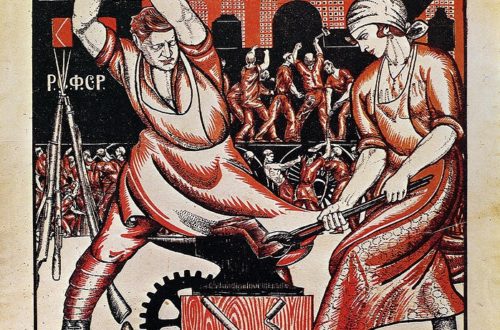
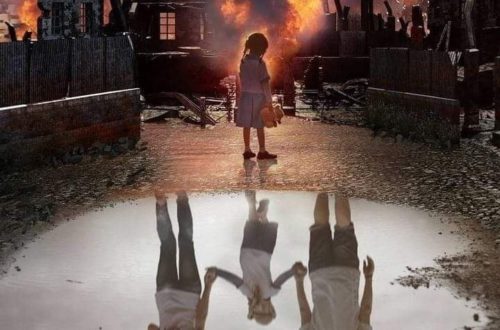
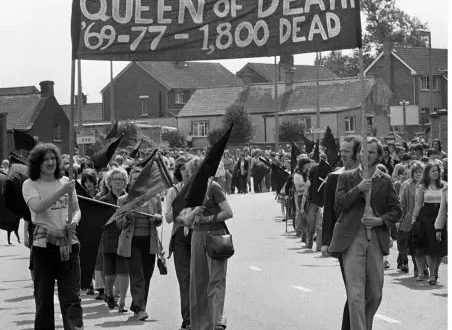
4 Comments
Rachel
Thank you for your response. I was wondering if perhaps you have some English translations of the ancient poets that demonstrate their critique of the powers that be through their poetry about peoples oppression?
A. Behrang
So sorry for the delayed response.
I have translated a couple of quatrains by Khayyam and one elegy by Saif Farghani which are demonstrative of what you are looking for and they are available here on this site in the translation of poems. I might try to translate some of the poems of Rumi and Hafez as well.
One thing to keep in mind though, is to view them within their historical context.
Rachel
I find this article extremely interesting since I have always loved poetry and have even dabbled in writing some myself. I have also read, thanks to your links, the poems of the three poets you introduced. I found their poems to be beautiful, hopeful and at the same heartbreaking especially because they were so cruelly killed for their beliefs. This site truly cherishes their memory.
What is fascinating to me is how poetry has been a sustained expression of resistance against ignorance and oppression in Iran for millennium. Do you have any explanation how this came about as opposed to other locations who suffered the same, yet do not have poetry as a traditional part of people’s culture?
A. Behrang
Thanks for your encouraging comment.
Concerning your question, I must say that I don’t think it’s entirely correct that in other parts of the world, poetry hasn’t been a part of people’s culture. If you go back far enough in the history of other parts of the world you’d see that. For example, in the ancient world, most profound ideas including philosophy were expressed in the form of poetry. Or if you delve into the folklore of most nations and ethnicities, you’ll see plenty of tales and poetic proverbs that do reveal people’s history. The thing is that in most Western cultures this attitude changed as we entered the modern era due to a number of reasons. In fact, even up until the early 1900s, people in the West were well versed with poetry.